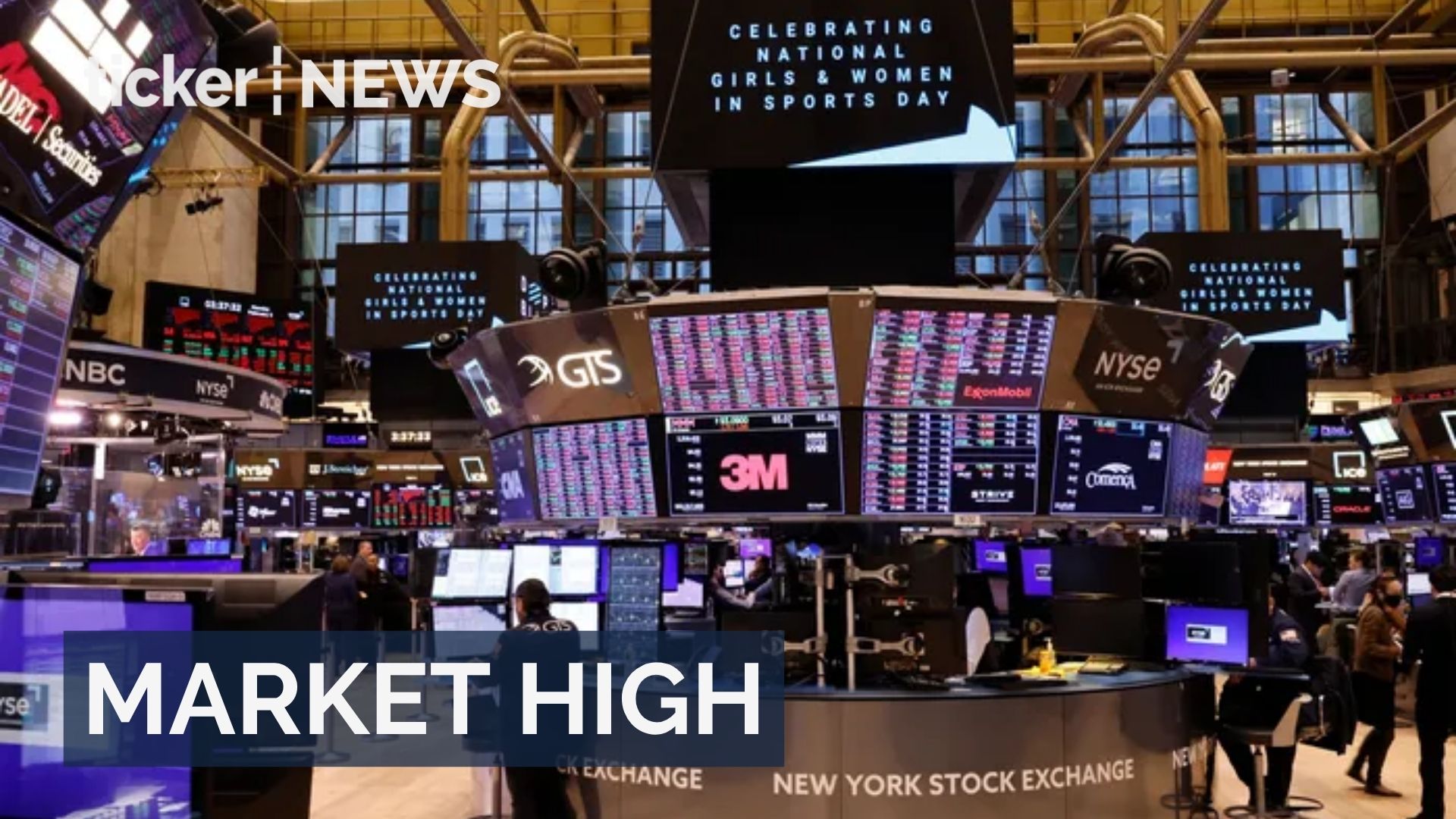Despite a series of interest rate hikes aimed at curbing inflation, consumers have displayed remarkable resilience.
However, recent indications suggest a shift in their spending habits.
Jack Kleinhenz, the Chief Economist of the National Retail Federation (NRF), points out that consumers are still purchasing more than they were last year. Nevertheless, there is a noticeable slowdown in spending growth as the economy stabilizes.
Kleinhenz elaborated on this observation in the August edition of NRF’s Monthly Economic Review, stating, “There are ongoing economic challenges and questions, and the pace of consumer spending growth is becoming incrementally slower.”
Over the past year, credit card debt reached a record high, while the personal savings rate declined. According to a report from the Federal Reserve Bank of New York, credit card balances for Americans soared to an all-time high of $1 trillion this year.
However, revolving debt, primarily composed of credit card balances, contracted in June, as reported by the Fed’s G.19 consumer credit report earlier this month.
Bank of America’s recent consumer checkpoint noted that after a robust start to the year, credit and debit card spending began to slow in the spring.
Slight increase
In July, total card spending registered only a 0.1% year-over-year increase after three consecutive months of year-over-year declines. This slight improvement was partly attributed to Fourth of July sales, Amazon Prime Day, and “Barbenheimer.”
As interest rates continue to climb, households are feeling the financial strain, leading consumers to reduce their reliance on credit cards for purchases, according to Kleinhenz. Currently, the average credit card interest rate stands at over 20%, reaching an all-time high.
NRF’s President and CEO, Matt Shay, mentioned on “Squawk Box” that spending habits are evolving. Consumers are now seeking value and focusing more on essentials, rather than discretionary purchases. He remarked, “Things have changed.”
While consumers are still in a favorable financial position and continue to spend, Shay noted that their spending patterns have shifted away from those observed 18, 12, or 24 months ago.
“A consumer spending slowdown is inevitable,” asserted Matt Schulz, Chief Credit Analyst at LendingTree. He emphasized that consumers face several significant challenges, including the impending resumption of student loan payments this fall, which will serve as a substantial test.
Schulz pointed out the uncertainty surrounding the future of card spending. It could either surge if people rely on credit cards to make ends meet or contract further if borrowers cut back on discretionary expenses such as travel and dining out.
As economists suggest a ‘soft landing’ for the economy, consumers are advised to remain vigilant and adapt to changing financial circumstances.
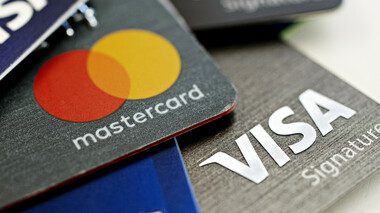




 News3 days ago
News3 days ago


 News3 days ago
News3 days ago


 Tech18 hours ago
Tech18 hours ago


 News3 days ago
News3 days ago


 Money5 days ago
Money5 days ago
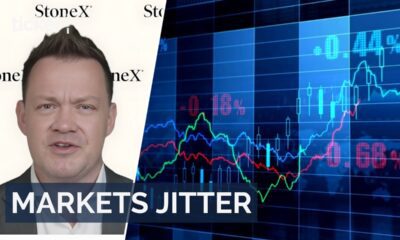

 News4 days ago
News4 days ago
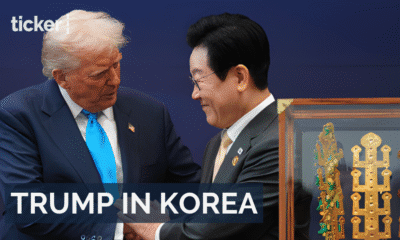

 News5 days ago
News5 days ago
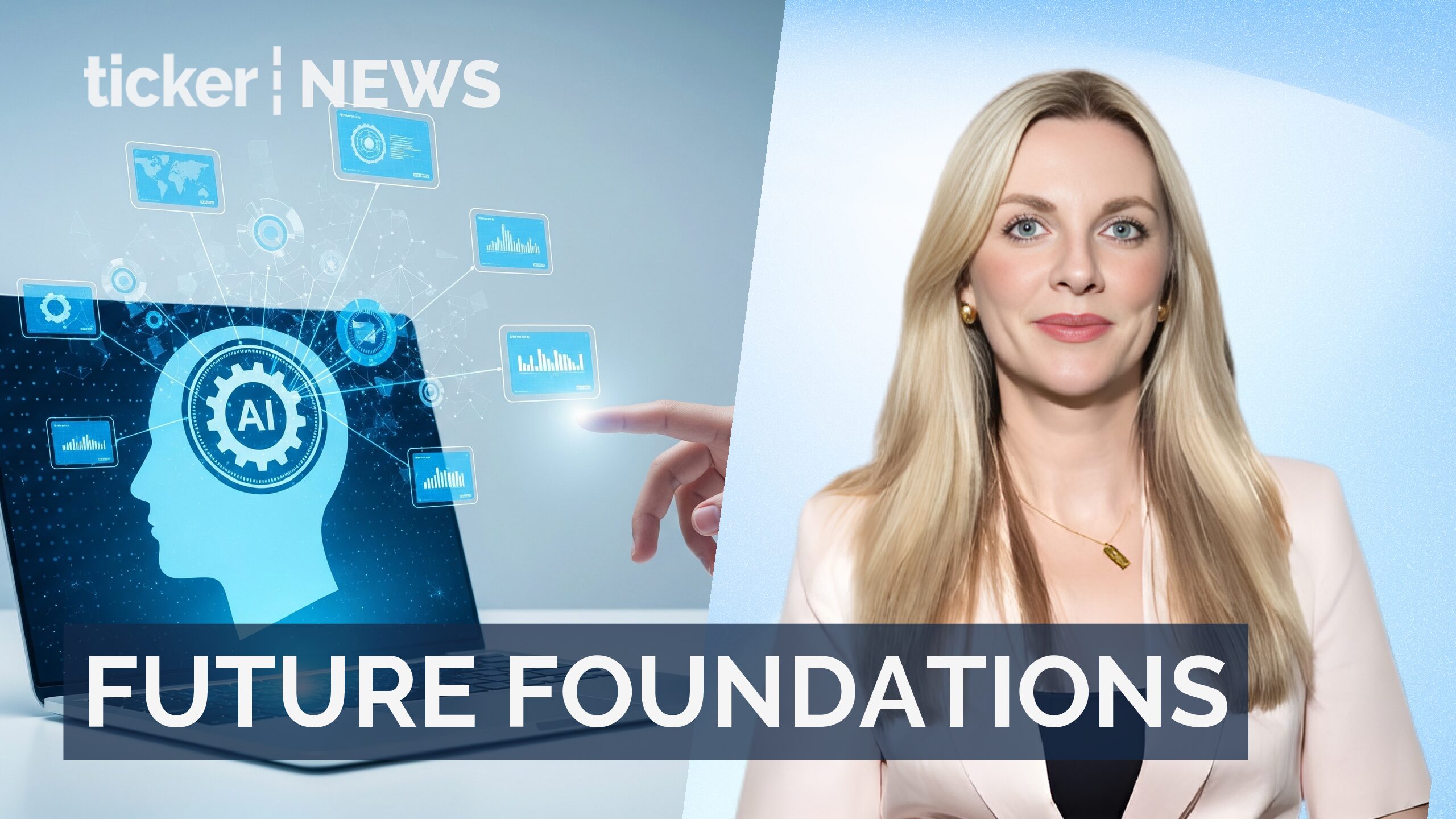

 Leaders4 days ago
Leaders4 days ago






